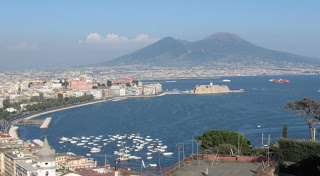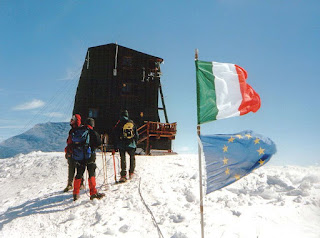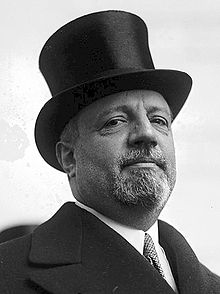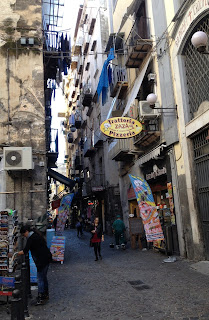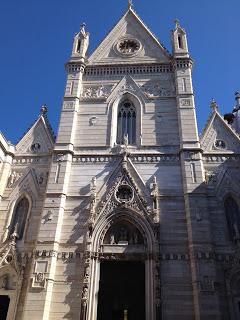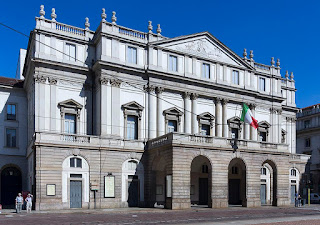Humanitarian pope who tried to stop the war
 |
| Pope Benedict XV's papacy lasted from 1914 until his death in 1922 |
He tried to stop the war, which he described as ‘the suicide
of a civilised Europe’, but when his attempts failed, he devoted himself to
trying to alleviate the suffering.
Christened Giacomo Paolo Giovanni Battista della Chiesa, the
future Pope Benedict XV was encouraged to study law by his family and attended
the University of Genoa. Afterwards his father reluctantly agreed to let him
study for the priesthood and he was allowed to move to Rome.
Pope Pius X made him Archbishop of Bologna in 1907 and a Cardinal
in 1914.
He became Pope Benedict (Benedetto) XV in September 1914
after World War One was already under way.
The new Pope immediately tried to mediate to achieve a
peaceful settlement but his attempts were rejected by all the parties involved.
He then concentrated on humanitarian works, such as the
exchange of wounded prisoners of war and the distribution of food among
starving people.
Although Benedict had been chosen at the age of 59 because
the church was looking for a long-lasting Pope, he died in Rome in 1922 after
becoming ill with pneumonia and was buried under St Peter’s Basilica.
Benedict XV is possibly the least-remembered pope of the 20th century as he was to be
overshadowed by his successors, Pope Pius XII and Pope John Paul II.
Travel tip:
The birthplace of Pope Benedict XV was Genoa, ‘la Superba’,
the capital of the region of Liguria and the sixth largest city in Italy. It
has a rich maritime history, but still
has a busy port and there is plenty to see and do. Genoa has been called a
‘city of contrasts’, with splendid palaces standing next to humble alleyways.
 |
| The Piazza Maggiore in Bologna, where Benedict XV was previously archbishop for seven years |

